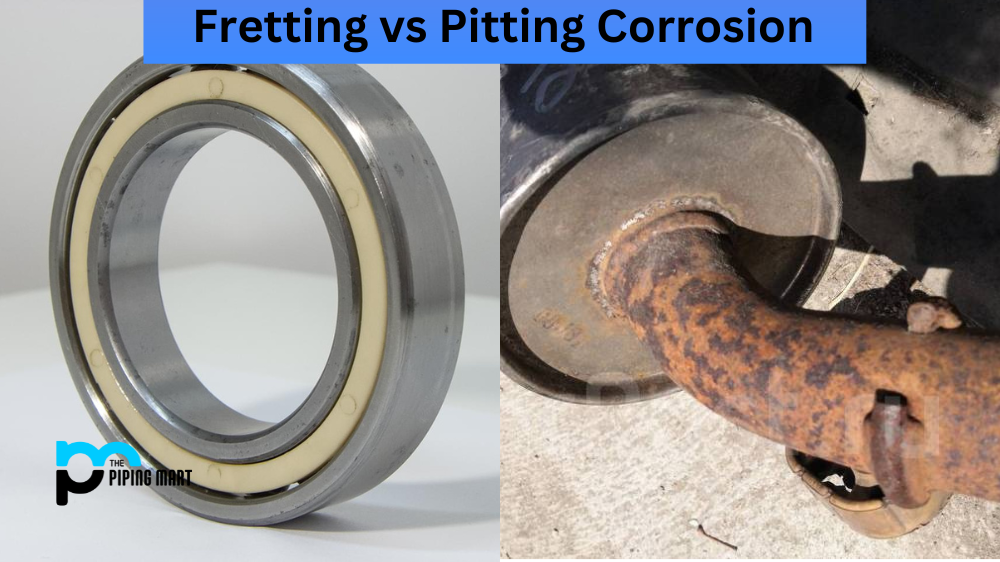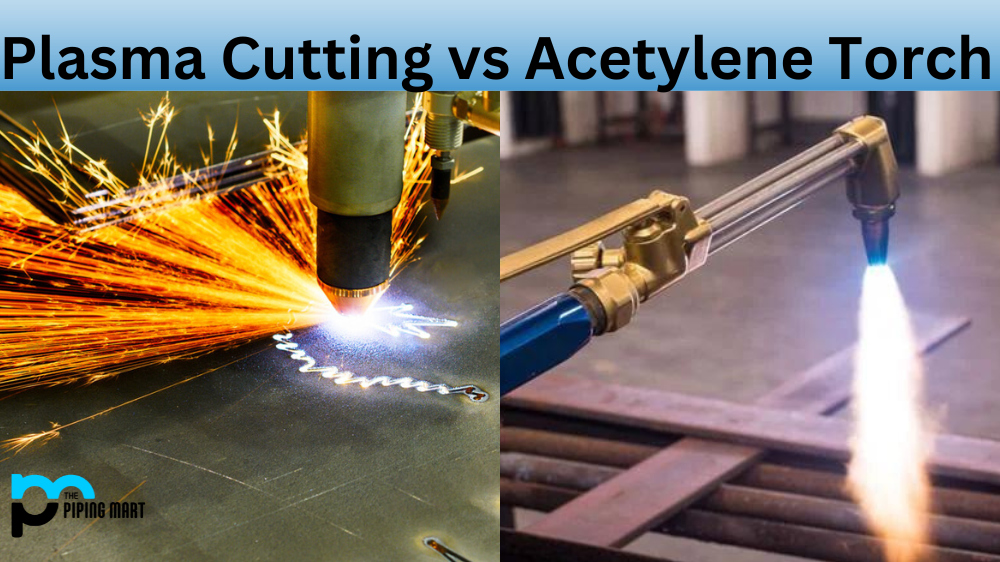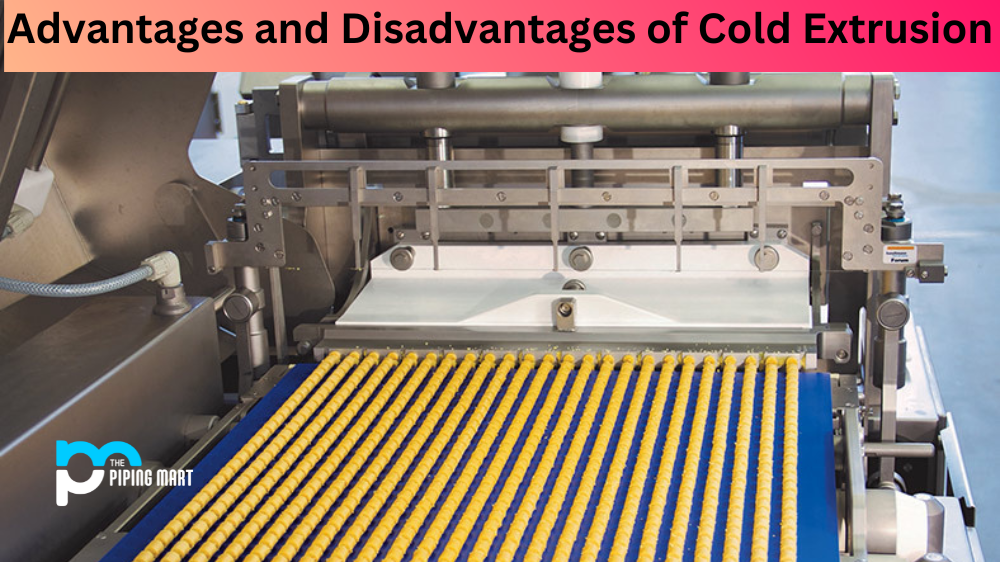Corrosion is a common problem in many industrial settings. Whether you’re dealing with machinery or equipment, it’s essential to know about the different types of corrosion that can occur. Fretting and pitting corrosion are two of the most common types of corrosion, and they can significantly impact the performance and lifespan of your equipment. In this blog post, we’ll look at fretting and pitting corrosion, how they occur, and what you can do to prevent them.
Fretting Corrosion
Fretting corrosion occurs when two surfaces come into contact and experience repetitive relative motion under a load. As the surfaces rub against each other, a small amount of material is transferred from one surface to the other. Over time, this can cause microcracks and cavities to form on the surface, eventually leading to complete failure. This type of corrosion is often seen in bearings, joints, and fasteners, and it can be exacerbated by vibration or inadequate lubrication.
Pitting Corrosion
Pitting corrosion, on the other hand, occurs when a small pit or hole forms on the surface of a material due to a localized attack by a corrosive agent. This type of corrosion is often caused by exposure to harsh chemicals or environmental conditions. It can be difficult to detect until it has already caused damage to the material. Pitting corrosion can have serious consequences for equipment parts, as it can cause stress concentrations that can lead to structural failure.
Preventing fretting corrosion requires careful consideration of the design and materials used in your equipment. Proper lubrication, choosing materials with a lower coefficient of friction, and minimizing vibration can all help to reduce the risk of fretting corrosion. Additionally, using appropriate seals and minimizing exposure to corrosive agents can help prevent pitting corrosion. Regular maintenance and inspections can also help to identify and address any potential issues before they become serious problems.
Difference Between Fretting and Pitting Corrosion
When dealing with equipment prone to fretting or pitting corrosion, it’s important to have a plan for repairs or replacement. Depending on the severity of the corrosion, repair may be possible through mechanical means such as grinding or polishing. However, replacement may be necessary in more severe cases to ensure your equipment’s continued safe and efficient operation.
- Fretting corrosion is a type of localized corrosion that occurs at the interface between two materials.
- Pitting corrosion is a type of localized corrosion that occurs on the surface of a material.
- Fretting corrosion is caused by the relative motion of two surfaces in contact.
- Pitting corrosion is caused by the presence of an electrolyte on the surface of a material.
- Fretting corrosion can be prevented using lubricants or coatings at the interface between two materials.
- Pitting corrosion can be prevented by using inhibitors or by increasing the passivity of the material.
- Fretting corrosion is more likely to occur in environments with high humidity or temperature extremes.
- Pitting corrosion is more likely to occur in environments with high chloride ion concentrations.
Conclusion:
Fretting and pitting corrosion can be serious issues for industrial equipment, but they can be prevented with the right design and maintenance practices. By understanding the causes and consequences of these types of corrosion, you can take steps to minimize the risk and ensure the longevity of your equipment. Remember, prevention is key when it comes to corrosion, so take the time to properly maintain and protect your equipment before it’s too late.

Abhishek is a seasoned blogger and industry expert, sharing his insights and knowledge on various topics. With his research, Abhishek offers valuable insights and tips for professionals and enthusiasts. Follow him for expert advice on the latest trends and developments in the metal industry.




